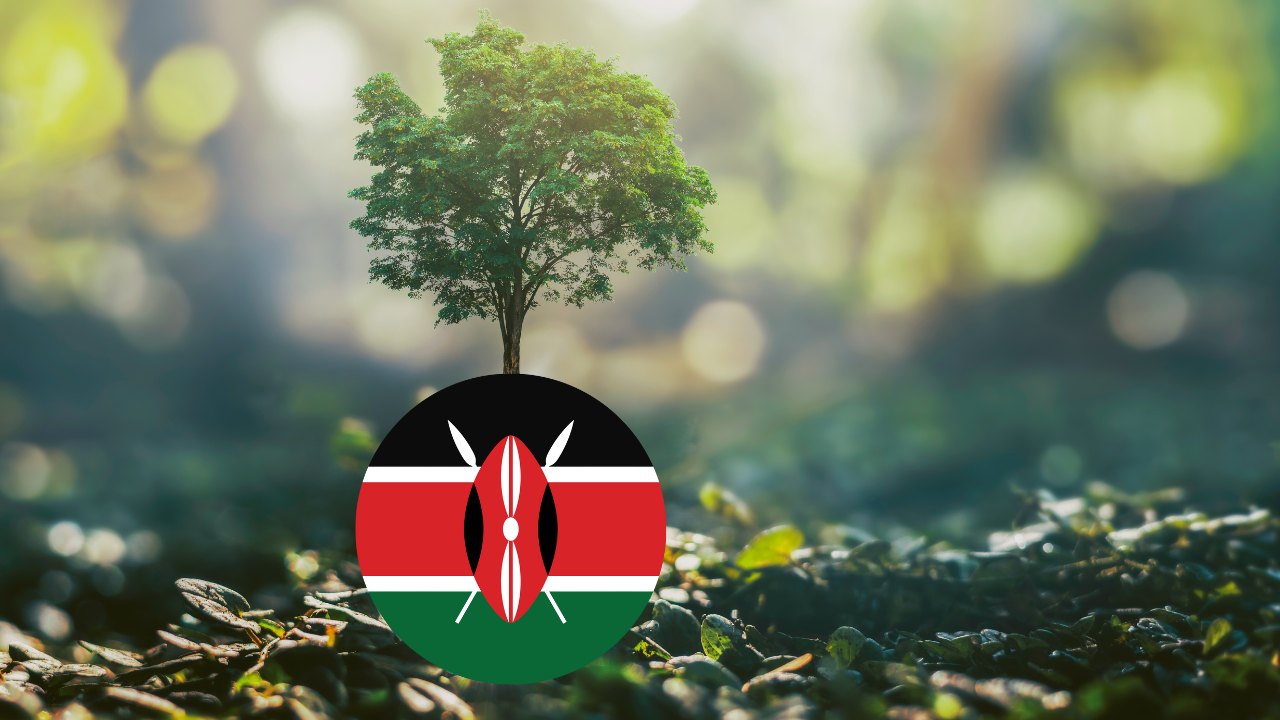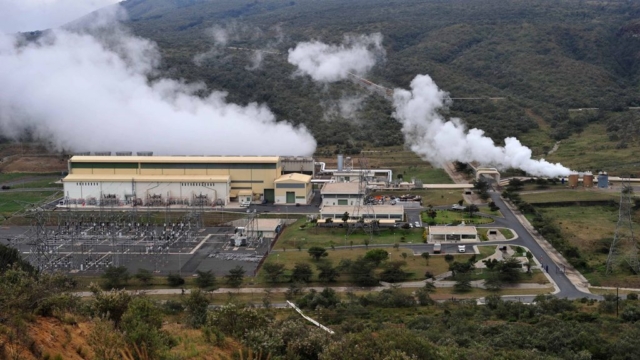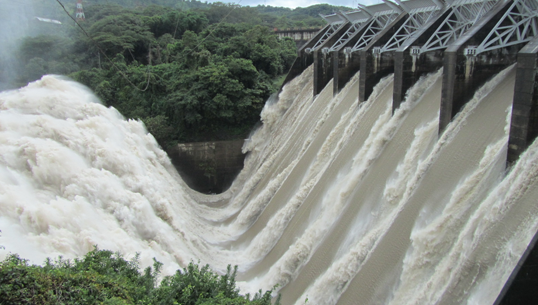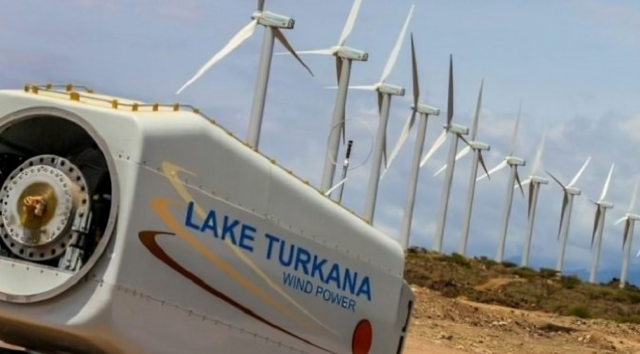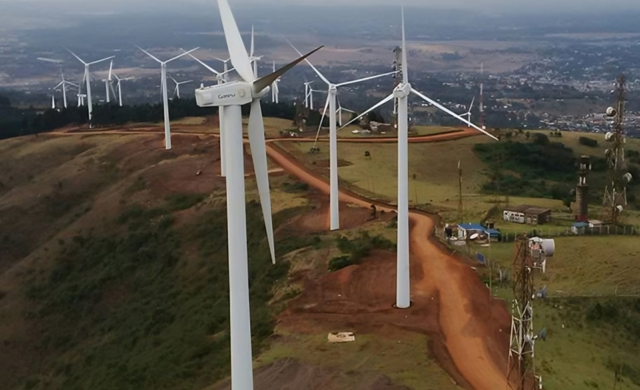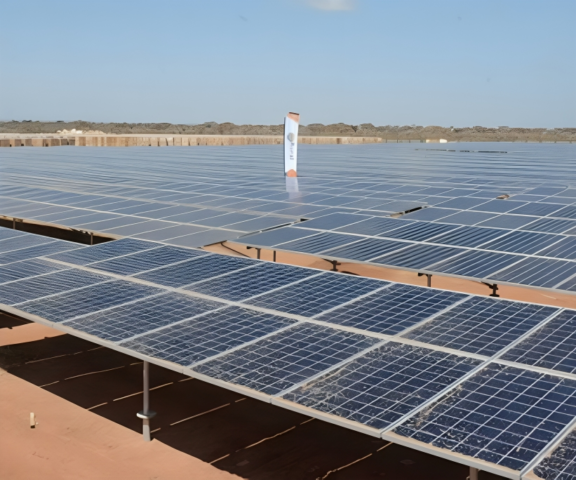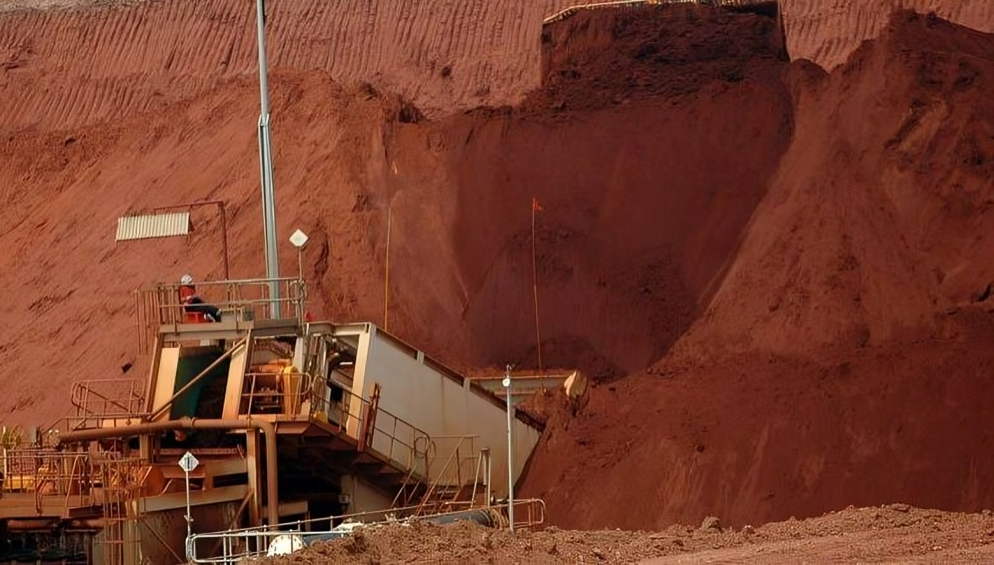Did you know that all the natural resources in Kenya account for about 42% of the country’s GDP? Yes, that’s right, and the most astounding fact is that many of them today remain unexploited or even known by many Kenyans. However, natural resources in the country are of critical importance to each person, despite the fact that some are not even accessible to the human population. These natural resources are everywhere: forests, wetlands, arid and semi-arid areas, and marine/coastal zones.
For those who may not be fully aware, our very existence as humans is intricately linked to these natural resources. Many of the items we use daily, such as plastics, the iron roofs on our houses, and smartphones, may not be immediately associated with natural resources, but they all have their origins in these vital elements. So, how many natural resources does Kenya possess? Can you name them based on your social studies or geography knowledge? If you’re unsure, don’t worry. This article will guide you through all of them, helping you understand their importance in the best possible way.
Types of Natural Resources Found in Kenya
Not just in Kenya, but natural Resources in general are classified into two categories, which are as follows:
Renewable resources
In the simplest way possible, renewable sources of energy are resources that are given to us by nature and can be easily replenished if they are limited, but they cannot run out. Examples of renewable sources of energy include Geothermal energy, Hydroelectric Power, Wind energy, Solar energy, Biomass Energy, and Water resources. These aren’t considered direct energy sources, but they are important for supporting all renewable resources and maintaining ecological balance.
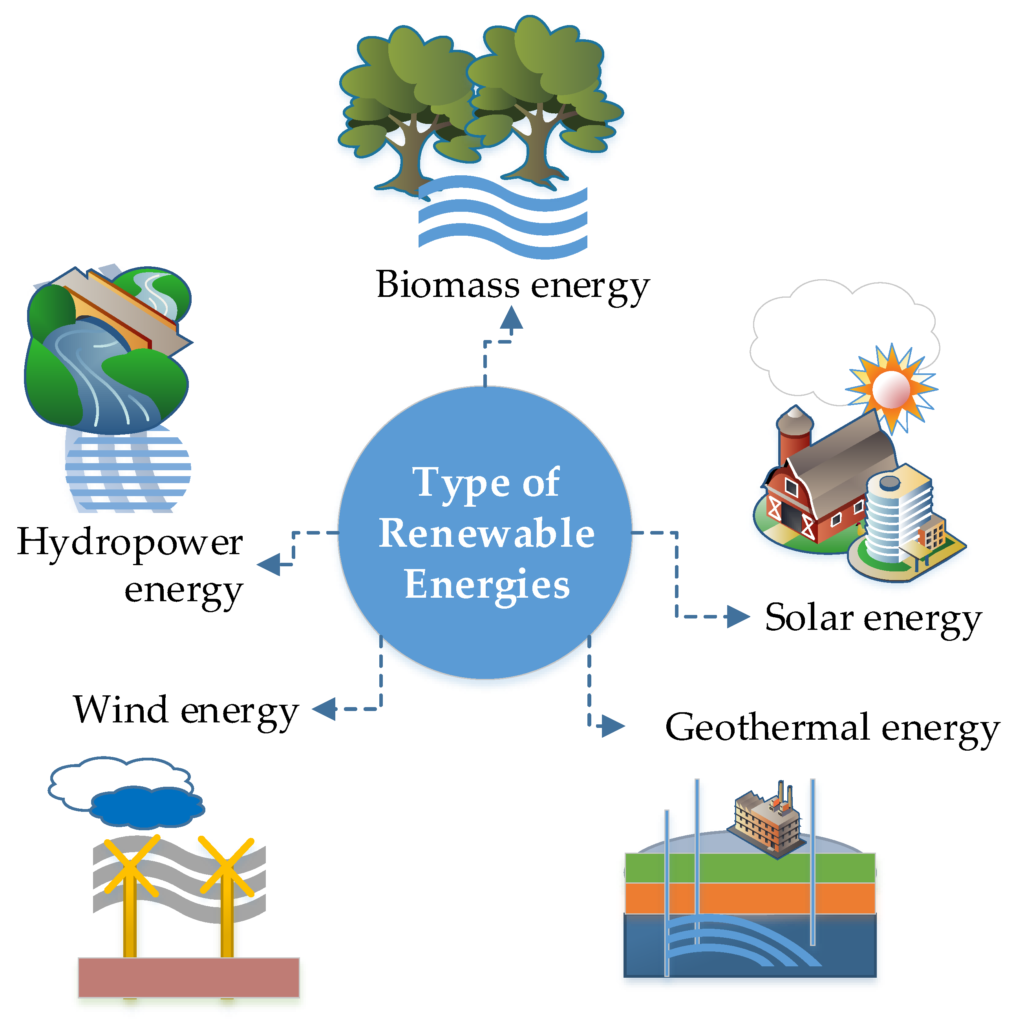
Non-renewable resources
Non-renewable resources are quite opposite of renewable resources because they are resources that we use, but once they are used up, they can not be replenished quickly because it takes years for them to form. Examples include Fossil fuels( made up of Coal, Oil, and Natural Gas), Minerals, which are over 970 in number in Kenya, Nuclear energy, and even, in some cases, water.
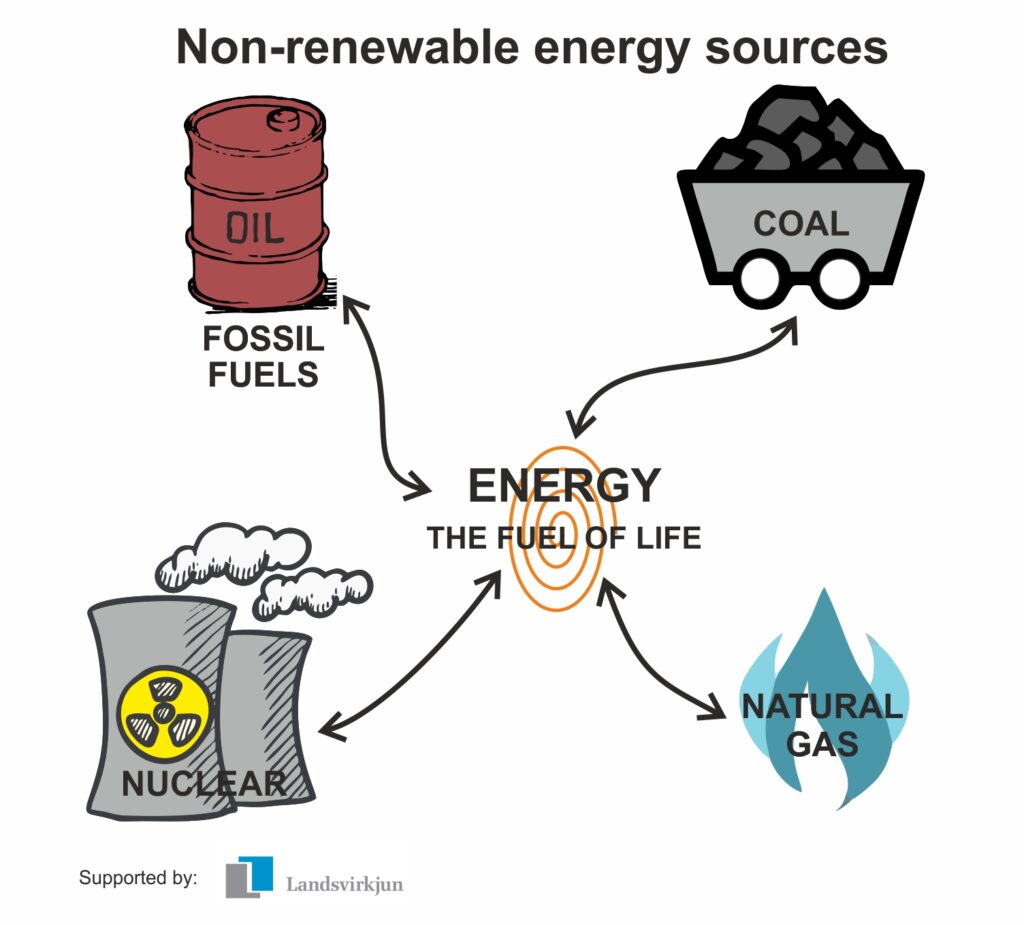
List of All Natural Resources in Kenya
Now, let’s get into more specific details about which natural resources are more associated with what is available in Kenya.
Renewable Energy Resources in Kenya
Kenya is among the countries in Kenya that is more associated with renewable energy adoption in Africa, with over 90% of its electricity generated from sustainable sources such as geothermal, hydropower, wind, and solar as listed in the table below:
| Resource Type | Description | Current Capacity | Potential | Key Projects |
|---|---|---|---|---|
| Geothermal Energy | Heat energy extracted from underground reservoirs in the Rift Valley. | 745 MW – 828 MW | 7,000–10,000 MW | Olkaria Geothermal Power Station (Africa’s first geothermal plant) |
| Hydropower | Electricity generated from water flow, primarily via dams on the Tana and Turkwel rivers. | 826 MW | Limited by rainfall variability; existing projects face reduced output in droughts. | Seven Forks Scheme (series of dams along the Tana River) |
| Wind Energy | Kinetic energy harnessed from wind turbines in high-potential areas. | 310 MW – 331 MW at LTWP | 22,476 TWh/year (theoretical) | Lake Turkana Wind Power Project (Africa’s largest wind farm); Kipeto Wind Project |
| Solar Energy | Energy from photovoltaic (PV) panels and solar thermal systems. | 55 MW – 100+ MW at Garissa | 17,000 MW by 2050 | Garissa Solar Power Plant; Solar Water Heating Regulations (2012) |
| Biomass Energy | Traditional use of woodfuel/charcoal; modern applications include waste-to-energy plants. | Dominates household energy | 29–131 MW (biogas potential) | Kenya Off-Grid Solar Access Project (KOSAP); clean cookstove initiatives |
| Biogas | Methane gas produced from organic waste, agricultural residues, and municipal waste. | Small-scale installations | 500,000 biogas stoves targeted by 2030 | National biogas programs under climate action plans |
| Tidal Energy | Energy harnessed from tidal movements along Kenya’s 640 km coastline. | Under research | Academic research partnerships (e.g., Technical University of Mombasa) | |
| Green Hydrogen | Produced via electrolysis using renewable electricity for industrial and maritime applications. | Pilot phase | Strategic focus under Kenya’s Green Hydrogen Roadmap | Mombasa Port’s green shipping corridor initiatives |
Non-Renewable Resources in Kenya
The majority of Kenya’s natural resources are renewable, just as we have listed previously. However, nonrenewable energy resources are still important to the country, especially regarding industrial processes, transportation, and mineral exports. These resources are:
| Resource Type | Description | Current Status | Known Reserves/Imports | Key Projects/Initiatives |
|---|---|---|---|---|
| Crude Oil | Light sweet oil discovered in Lokichar Basin (Turkana County) since 2012. | Early production phase (2,000–4,000 bpd pilot); full-scale production delayed. | 560 million barrels (recoverable); imports 92,000 bpd | Lokichar Oilfields (Tullow Oil); proposed Lokichar-Lamu pipeline (824 km) |
| Natural Gas | Associated gas from oilfields; offshore exploration in Lamu Basin. | Limited utilization (flaring at Turkana fields); no commercial reserves confirmed. | Under evaluation | Lamu Basin exploration blocks (Eni, TotalEnergies) |
| Coal | Sub-bituminous coal deposits in Kitui Basin; no proven reserves. | No active mining; imports 1.29 million short tons annually. | 400 million tons (inferred, Kitui); zero proven reserves. | Cancelled Lamu Coal Plant (1,050 MW) due to environmental concerns |
| Minerals | 970+ mineral prospects across 15 counties, including metallic, industrial, and rare earth elements. | Artisanal mining dominates; limited large-scale exploitation. | Kitui (coal), Kwale (titanium), Taita-Taveta (gemstones) | Kwale Mineral Sands (Base Titanium); Mrima Hill Niobium/REE project (Cortec Mining) |
| Nuclear Fuel (Uranium) | Trace uranium deposits identified in coastal regions; no active mining. | Theoretical potential only; Kenya plans nuclear power by 2035. | Kenya Nuclear Regulatory Authority (KNRA) roadmap; IAEA technical support | |
| Peat | Organic fuel from waterlogged wetlands (e.g., Garsen, Yala Swamp). | Artisanal harvesting for domestic fuel; no industrial-scale production. | 8 million tons (estimated) | Kenya Electricity Generating Company (KenGen) peat-to-power feasibility studies |
| Groundwater (Non-Renewable) | Fossil aquifers with slow recharge rates (e.g., Merti Aquifer). | Overexploited for irrigation and urban supply in arid regions. | 200 billion m³ (Merti Aquifer) | National Water Master Plan 2030; UNESCO-funded aquifer mapping |
Natural resources in Kenya: Your Questions And Answers
What are Kenya’s major natural resources?
Kenya is one of the most blessed countries not just in Africa but in the world due to its number of natural resources categorized as both renewable and non-renewable resources which all range from Minerals such as Soda ash, limestone, gold, salt & fluorspar, Water Resources such as major lakes like Lake Victoria, and rivers such as the Tana and Turkwel, which support hydroelectric power generation, Land and Wildlife, Energy Resources such as Geothermal energy and Forests like Kakamega and Arabuko Sokoke are important for biodiversity and tourism.
What is the most valuable resource found in Kenya?
The most valuable resource in Kenya is considered to be its human capital. However, in terms of natural resources, Kenya is rich in various minerals and agricultural products. Key natural resources include gold, iron, titanium, gemstones, water, and wildlife
What are 5 minerals in Kenya?
Five minerals found in Kenya are:
- Gold in the Nyanzian Craton area of Western Kenya
- Graphite in central and eastern Kenya
- Titanium in Kwale County, where ilmenite and rutile are mined.
- Fluorspar
- Niobium at Mrima Hill in Kwale County, alongside rare earth elements
What are the land resources in Kenya?
The major land-cover types in Kenya are forests, savannahs, grasslands, wetlands, fresh and saline water bodies, and deserts.
Where is salt mined in Kenya?
Salt is mined in Kenya at Lake Magadi and along the Kenyan coast


